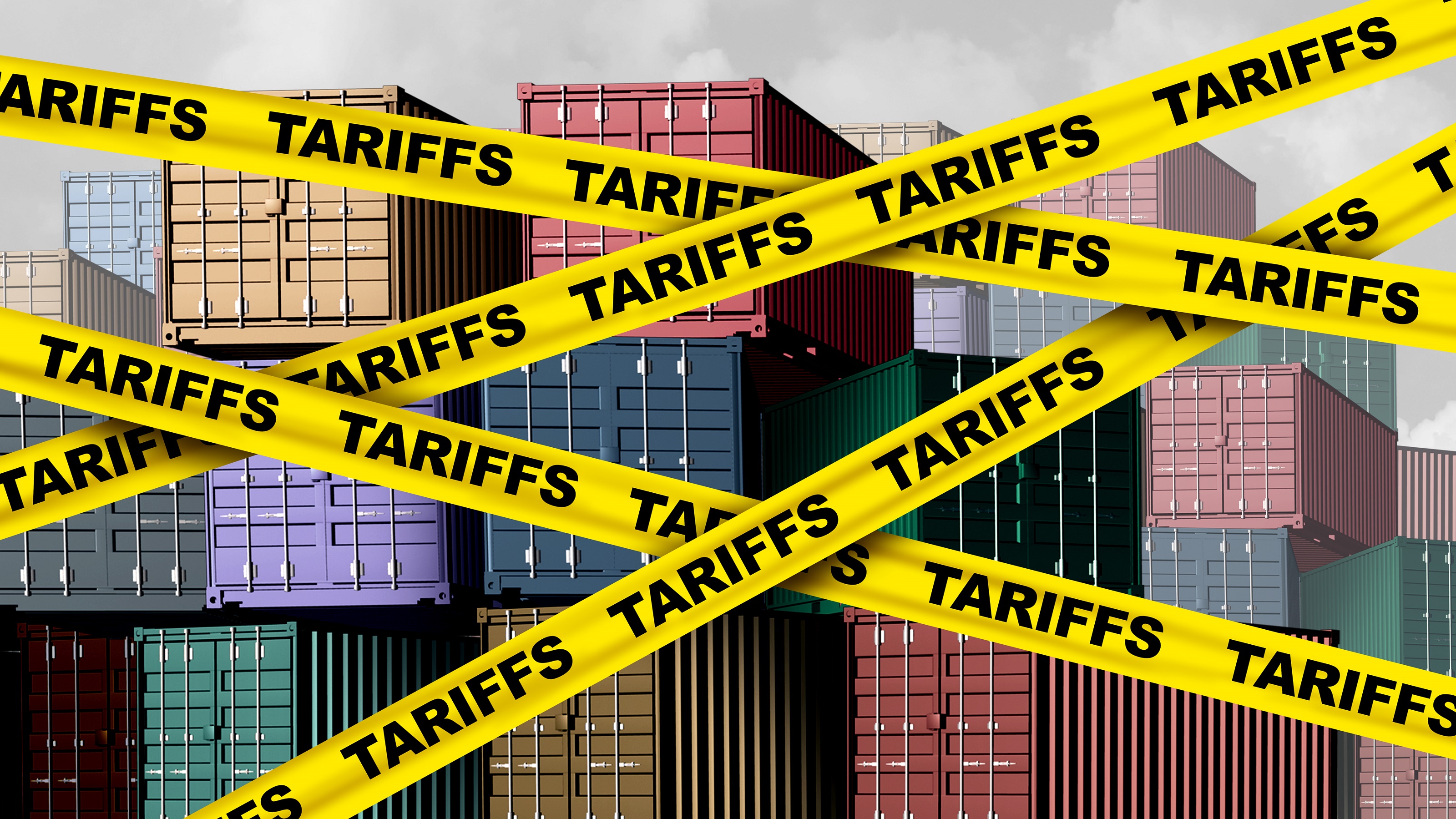Why You Must Re-Evaluate Value Stocks
The way we categorize stocks and how they perform is changing. Investors must change along with it. Here's how.


Growth stock or value investing — what’s better? The battle between growth and value investing has been going on for years, with each side offering statistics to support its arguments. Weighing the merits of these two different investment styles is like choosing between chocolate and vanilla. You want both.
A growth stock is a share in a company that is anticipated to grow at a rate significantly above the average for the market. These stocks generally do not pay dividends, as the companies usually want to reinvest any earnings in order to accelerate growth in the short term. Investors then earn money through capital gains when they eventually sell their shares.
A value stock is a stock that tends to trade at a lower price relative to its fundamentals, such as dividends, earnings and sales, making them appealing to value investors. Many great investors have been value investors, like Ben Graham and more recently his better-known disciple, Warren Buffett.
When investing long-term, some individuals often combine growth and value stocks or funds for the potential of high returns with less risk. This approach allows investors to, in theory, gain throughout different economic cycles that favor one style over the other.
For over 80 years, value stocks have proven to have a higher annualized percentage; however, since the Great Recession, growth stocks have yielded better results. What’s happened? One factor hurting value stocks is that traditional value sectors like energy and financials have been hard hit since the financial crisis. Another factor benefiting growth names is that, despite the huge advances they have seen in recent years, they are not unusually expensive — at least not relative to value stocks.

Sign up for Kiplinger’s Free E-Newsletters
Profit and prosper with the best of expert advice on investing, taxes, retirement, personal finance and more - straight to your e-mail.
Profit and prosper with the best of expert advice - straight to your e-mail.
Sectors are Realigning
According to a recent article in The Wall Street Journal, value stocks are not what they used to be. Heavy-equipment maker Caterpillar and farm-equipment manufacturer John Deere, long considered value stocks, now sell at the same valuations as growth stocks like Apple and Facebook. Does that mean that Caterpillar and John Deere should no longer be considered value stocks, or that Apple and Facebook now be considered value stocks? There’s no good answer.
Now the lines are blurring even more. Changes to MSCI’s and S&P Dow Jones’ Global Industry Classification Standard, made in early September, created a new communications sector, built largely out of stocks that currently occupy the telecom, technology and consumer discretionary sectors. Growth stocks Facebook, Google, Netflix and Walt Disney, are now in the same sector with value stocks like AT&T and Verizon. This marks the first time that a new industry group will be created in this fashion. These changes are not good or bad, just new.
“The realignment is unprecedented,” Morgan Stanley wrote in an analysis of the change. “Previously, the only sector change was the separation of real estate from financials in 2016, but this affected a smaller fraction of market cap, was simpler in terms of which stocks could go where, and had a longer lead time for investors to digest.”
The change is an attempt to better reflect the primary business of the different companies included in the new sector, which can often reach across multiple sector categories and don’t always accurately reflect the industry in which they’re currently classified.
Reviewing the Portfolio
Where does this leave the investor? Stocks need to be evaluated differently than before. If you thought about Google differently than Verizon, you may need to think about them now as the same, even though one is an Internet company and the other a telecommunications company.
As a result, when it comes to building a diversified portfolio, you may find you now have too many eggs in one sector basket and you’re not as diversified as you need to be.
Now is the time to examine your portfolio and ensure it’s invested appropriately to meet your short- and long-term financial goals.
This article is for informational purposes only. It is not intended as investment or tax advice and does not address or account for individual investor/taxpayer circumstances. Please click here for important additional disclosures.
Get Kiplinger Today newsletter — free
Profit and prosper with the best of Kiplinger's advice on investing, taxes, retirement, personal finance and much more. Delivered daily. Enter your email in the box and click Sign Me Up.

A founding Partner of Telemus, Gary Ran serves as the firm's chairman. In this role, he is responsible for the overall strategic direction of Telemus in addition to managing key member relationships and serving on the firm's investment committee. Prior to forming Telemus in 2005, Ran served as a first vice president of investments at Merrill Lynch and as senior vice president of investments at UBS Financial Services. During his career of more than 20 years as a retail stockbroker, he built one of the largest brokerage practices in the industry. He has been repeatedly selected as one of "America's Top 100 Advisors" and "America's Top Independent Advisors" by Barron's magazine and is frequently quoted in numerous industry publications.
-
 Planning for Health Care Costs in Retirement: A Comprehensive Guide
Planning for Health Care Costs in Retirement: A Comprehensive GuideMedical expenses aren't slowing down, and if you're not prepared, they can hit you like a ton of bricks.
By Bob Chitrathorn
-
 When Should You Hand Over the Keys — to Your Investments?
When Should You Hand Over the Keys — to Your Investments?The secret to retirement planning? "The best time to hand over the keys is before you’ve realized you need to hand over the keys."
By Maurie Backman
-
 Going to College? How to Navigate the Financial Planning
Going to College? How to Navigate the Financial PlanningCollege decisions this year seem even more complex than usual, including determining whether a school is a 'financial fit.' Here's how to find your way.
By Chris Ebeling
-
 Financial Steps After a Loved One's Alzheimer's Diagnosis
Financial Steps After a Loved One's Alzheimer's DiagnosisIt's important to move fast on legal safeguards, estate planning and more while your loved one still has the capacity to make decisions.
By Thomas C. West, CLU®, ChFC®, AIF®
-
 How Soon Can You Walk Away After Selling Your Business?
How Soon Can You Walk Away After Selling Your Business?You may earn more money from the sale of your business if you stay to help with the transition to new management. The question is, do you need to?
By Evan T. Beach, CFP®, AWMA®
-
 Two Don'ts and Four Dos During Trump's Trade War
Two Don'ts and Four Dos During Trump's Trade WarThe financial rules have changed now that tariffs have disrupted the markets and created economic uncertainty. What can you do? (And what shouldn't you do?)
By Maggie Kulyk, CRPC®, CSRIC™
-
 I'm Single, With No Kids: Why Do I Need an Estate Plan?
I'm Single, With No Kids: Why Do I Need an Estate Plan?Unless you have a plan in place, guess who might be making all the decisions about your prized possessions, or even your health care: a court.
By Cynthia Pruemm, Investment Adviser Representative
-
 Most Investors Aren't as Diversified as They Think: Are You?
Most Investors Aren't as Diversified as They Think: Are You?You could be facing a surprisingly dangerous amount of concentration risk without realizing it. Fixing that problem starts with knowing exactly what you own.
By Scott Noble, CPA/PFS
-
 Will My Children Inherit Too Much?
Will My Children Inherit Too Much?If you worry about how your children will handle an inheritance, you're not alone. Luckily, you have options — from lifetime gifting to trusts — that can help.
By Mallon FitzPatrick, CFP®, AEP®, CLU®
-
 Charitable Giving Lessons From Netflix's 'Apple Cider Vinegar'
Charitable Giving Lessons From Netflix's 'Apple Cider Vinegar'Charity fraud is rife, and a Netflix series provides a timely warning about donating money to a good cause without looking into its background.
By Peter J. Klein, CFA®, CAP®, CSRIC®, CRPS®